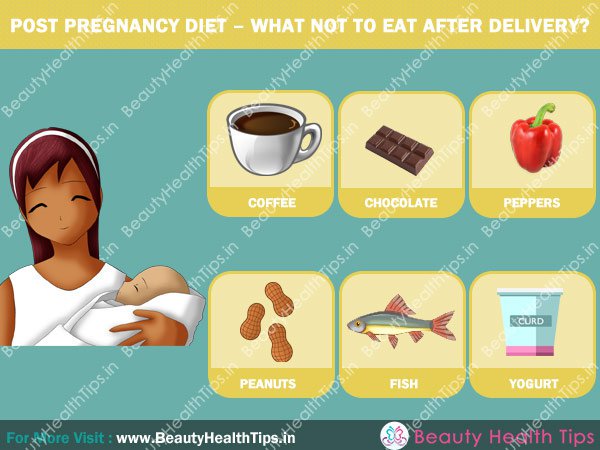Pregnancy leads to many changes in a woman’s body. So many, in fact, that myths and misconceptions have cropped up out of them.
These old wives’ tales and superstitions claim many things about what could happen that discerning fact from fiction could be challenging.
To help you make medically sound health decisions, pregnancy experts give their take on the following ten most popular tales and superstitions known today.
Myth: Food cravings come with pregnancy.
While craving food is quite common during pregnancy, it is not necessarily guaranteed for every pregnant woman. In fact, only about 50 to 90 per cent of new mums have food cravings.
In other words, the presence or absence of cravings does not signal something is wrong with your pregnancy.
Myth: Pregnant women only crave the same few foods.
Cravings vary from one woman to another, leaving experts baffled by the exact reason behind this phenomenon. Still, science doesn’t support the superstition stating that a pregnant woman will only crave the same few foods throughout the gestation period.
Based on research, pregnancy cravings vary from one culture to another.
For example, pregnant mums in the United States mostly ask for dairy, sweet, starchy foods, and fast foods compared to salty and savoury ones. On the other hand, more Tanzanian pregnant women crave for more meat and mangoes.
Fact: Pregnant women can crave foods they actually dislike.
Medical experts aren’t really certain why pregnant women suddenly get the desire to snack on things like sardines, but it is indeed possible for them to crave foods they previously disliked. This is because the shift in hormones during gestation affects a pregnant woman’s sense of taste and smell, thereby influencing her food preferences.
This is the very reason why you might crave today what you used to dislike before pregnancy. The same is true for the opposite – hating food you liked before getting pregnant. These aversions could be the body’s natural way of steering you away from food that could trigger nausea.
Myth: Pregnant women must eat for two.
Too often do pregnant women hear the advice “you need to eat for two.” But science says you don’t need to.
Just because you are taking care of two bodies doesn’t necessarily mean you should double your food intake. The truth is, any additional food you need to eat while pregnant will depend on factors, such as your height and weight, your physical activity, and the stage of gestation.
Generally, pregnant women need around 350 to 450 calories on top of their usual diet to accommodate the growing baby in their womb. That should amount to a few additional healthy snacks like a hard-boiled egg, a berry smoothie, or fresh fruit.
Remember that overeating is unhealthy for you and your baby, so you must maintain a balanced diet.
Fact: Dads can show pregnancy signs, too.
Believe it or not, this one is actually true. Some men with pregnant partners may experience symptoms similar to pregnancy, such as:
- nausea
- heartburn
- abdominal pain
- cramps
- backaches
- sleeping pattern changes
- depression
- anxiety
- reduced libido
- restlessness
This is called “sympathetic pregnancy” or “couvade syndrome.” Doctors are still unsure why such a phenomenon occurs, but the fact remains that it does happen.
Myth: Eating dairy and peanuts during pregnancy can make the unborn child allergic to them.
Life with allergies may be manageable, but no parent would want to subject their child to such an unnecessary discomfort. This is probably why women who heard about the old wives’ tale claiming that eating peanuts and dairy will make their child allergic to such foods end up avoiding them.
Unless you yourself are allergic to dairy and peanuts or your maternity doctor advises you to avoid them, it’s perfectly safe to consume these nutritious foods while you’re pregnant.
There is no evidence that proves that avoiding certain foods during pregnancy could prevent allergies in your unborn child. However, limiting your diet could lead to insufficient nourishment for your little one.
Myth: Future parents can discern their child’s gender by simply observing the pregnancy.
You might get plenty of gender predictions based on the position of the baby inside your womb, the shape of your tummy, and how active the baby is throughout your pregnancy. However, none of these methods is accurate.
If you want to determine your child’s gender before birth, stick to the following scientifically proven methods:
- Non-invasive prenatal test (NIPT) – This blood test can be performed as early as ten weeks into the pregnancy.
- Ultrasound scan – This is the most common method of determining an unborn child’s gender, though it’s not 100 per cent reliable.
Fact: Sleeping on their left side is best for pregnant women.
Your sleeping position isn’t just about getting sound sleep. It could also affect your baby’s health during pregnancy.
Sleeping on your left side has been proven to promote better blood flow to the placenta, not to mention it alleviates hand, feet, and ankle swelling by supporting your kidneys in performing efficient waste elimination.
In contrast, sleeping on your back may lead to backache. This position also causes the womb to press on your bowel, leading to constipation and piles. It is also recommended for women beyond 28 weeks of gestation to avoid sleeping this way as it doubles the risk of stillbirth.
Myth: Morning sickness can only happen in the morning.
Despite its name, morning sickness is not limited to mornings alone. In fact, many women experience this during the initial stages of pregnancy throughout the day, while others experience it more at night.
Again, this varies from one person to another.
Myth: Heartburn means the child has a full head of hair.
Some people believe that there is a connection between heartburn and the thickness of the baby’s hair. However, there is little evidence to support this.
More often than not, acid reflux is a digestive matter. If the valve connecting the stomach and oesophagus doesn’t close as it should, it could lead to acid reflux.
Know the Facts from Fiction
Old wives’ tales are an accumulation of cultural and historical beliefs passed on through generations. Some could be true, but others are not.
To protect you and your unborn child’s wellbeing, make sure you discern the facts carefully, using this article as a guide.





